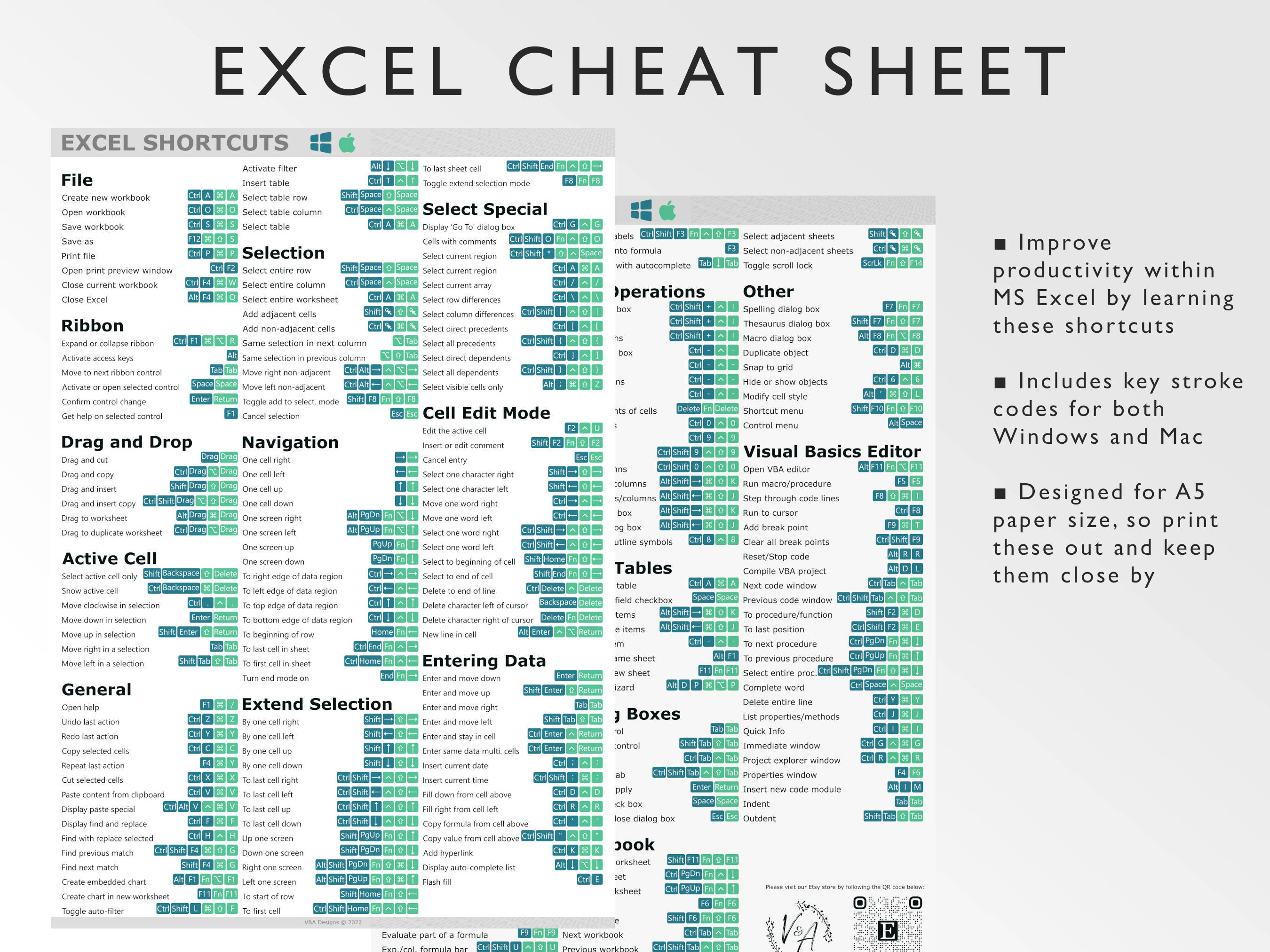Open Excel Sheets with Keyboard Shortcuts Easily

Keyboard Shortcuts are essential tools for enhancing productivity, particularly when working with Microsoft Excel. Excel, a powerful data analysis and manipulation tool, becomes significantly more efficient when you master shortcuts that help in performing tasks quickly. Whether you're opening new files, navigating through workbooks, or performing complex operations, understanding these shortcuts can streamline your workflow. This detailed guide will explore the various keyboard shortcuts to open Excel sheets, navigate through multiple workbooks, and even some not-so-common shortcuts that could save you heaps of time.
The Basics of Excel Shortcuts

Before diving into the specifics of opening sheets, let’s consider why keyboard shortcuts are indispensable in Excel:
- Speed: Actions that would normally require several clicks can be done with a few keystrokes.
- Consistency: Keyboard shortcuts ensure that actions are performed in a uniform manner, reducing errors.
- Focus: You can keep your focus on your data, rather than constantly moving the mouse to click on menus or tabs.
Here are some general shortcuts every Excel user should know:
Ctrl + Nto open a new workbook.Ctrl + Oto open an existing workbook.Ctrl + Sto save the workbook.Ctrl + Fto open the Find and Replace dialog.
Opening Sheets with Keyboard Shortcuts

Opening sheets within Excel can be a breeze with the following shortcuts:
- To cycle through sheets: Use
Ctrl + Page Downto move to the next sheet, andCtrl + Page Upto move to the previous sheet. - To open a specific sheet: If you know the sheet's position, you can use
Alt + H, O, S, then type the number of the sheet (e.g., 1 for Sheet1, 2 for Sheet2).
Navigating Workbooks

Navigating through multiple workbooks with keyboard shortcuts can make your work much more efficient. Here are some key shortcuts:
Ctrl + Tabto switch to the next workbook or window.Ctrl + Shift + Tabto switch to the previous workbook or window.
More Advanced Shortcuts

Excel offers a plethora of advanced shortcuts for users looking to go beyond the basics:
- Create a new sheet:
Shift + F11 - Display the sheet tabs:
Ctrl + Tab(useful if the workbook has many sheets) - Select multiple sheets: Hold down
Ctrland click the sheet tabs.
Customizing Keyboard Shortcuts

If the default shortcuts do not meet your needs, Excel allows for some customization:
- You can record macros and assign them to keyboard shortcuts using the
ALT + F8sequence to open the Macro dialog box. - To assign or change shortcuts:
- Go to
File > Options > Customize Ribbon. - Click on
Keyboard Shortcuts: Customize. - Under
Categories, find and selectAll Commands. - In
Commands, type the command you wish to assign a shortcut to. - Click in the
Press new shortcut keyfield and press the desired shortcut. - Click
Assignto set the new shortcut.
- Go to
💡 Note: Custom shortcuts are workbook-specific unless you save your workbook as an Excel Macro-Enabled Workbook (*.xlsm).
Conclusion

The time you invest in learning and mastering keyboard shortcuts in Excel can yield significant returns in terms of productivity and accuracy. From opening sheets and navigating workbooks to performing complex tasks, shortcuts are an indispensable part of an efficient Excel user’s toolkit. By integrating these shortcuts into your daily workflow, you not only streamline your process but also make your interaction with Excel more intuitive and less time-consuming.
Can I open Excel files without opening Excel first?

+
Yes, you can. Simply right-click on the Excel file, select “Open with” > “Excel” or use the Windows Key + E to open File Explorer, navigate to your file, and hit Enter.
Is there a way to open multiple Excel sheets at once?

+
Yes, in File Explorer, you can select multiple Excel files by holding down the Ctrl key, then right-click on any of the selected files and choose “Open” or press Enter to open all of them in Excel simultaneously.
How do I customize keyboard shortcuts for Excel?

+
You can customize keyboard shortcuts by going to File > Options > Customize Ribbon, then clicking on Keyboard Shortcuts: Customize. Here, you can assign new shortcuts to existing Excel commands.